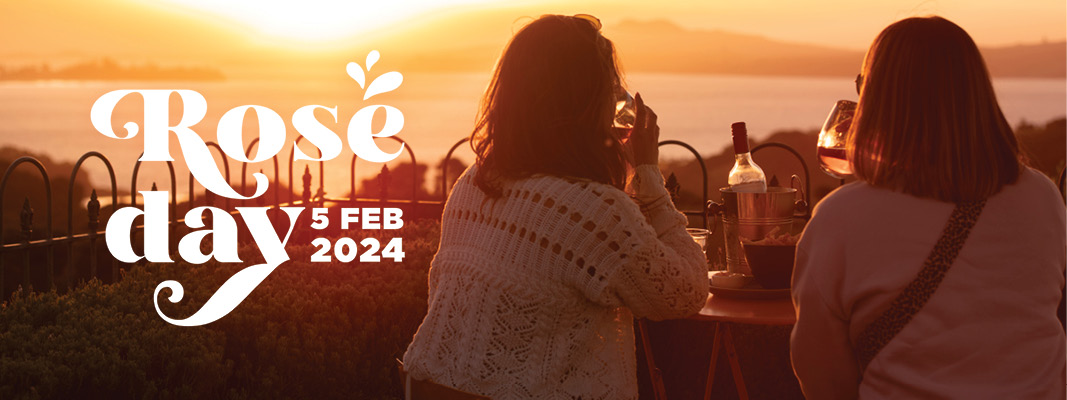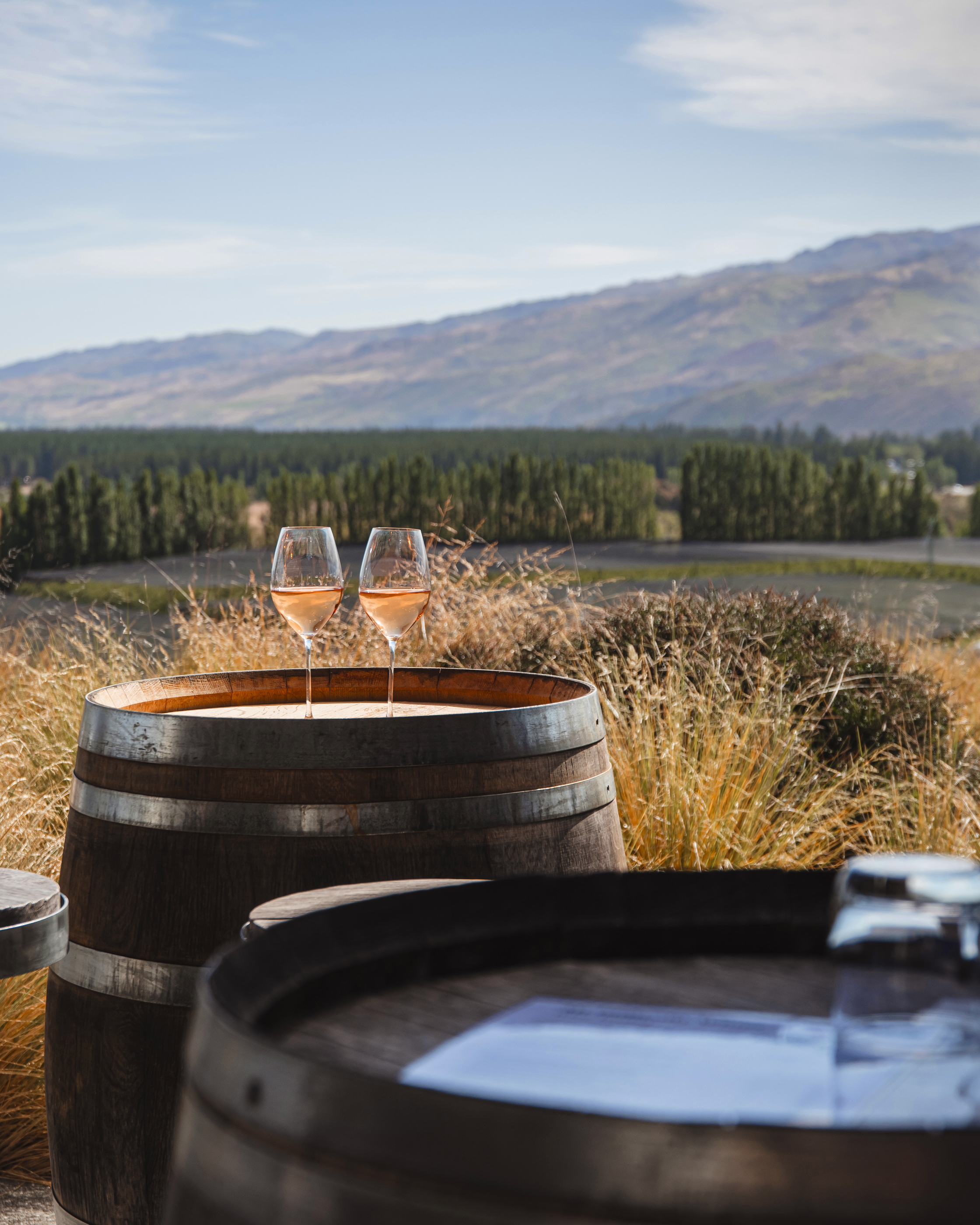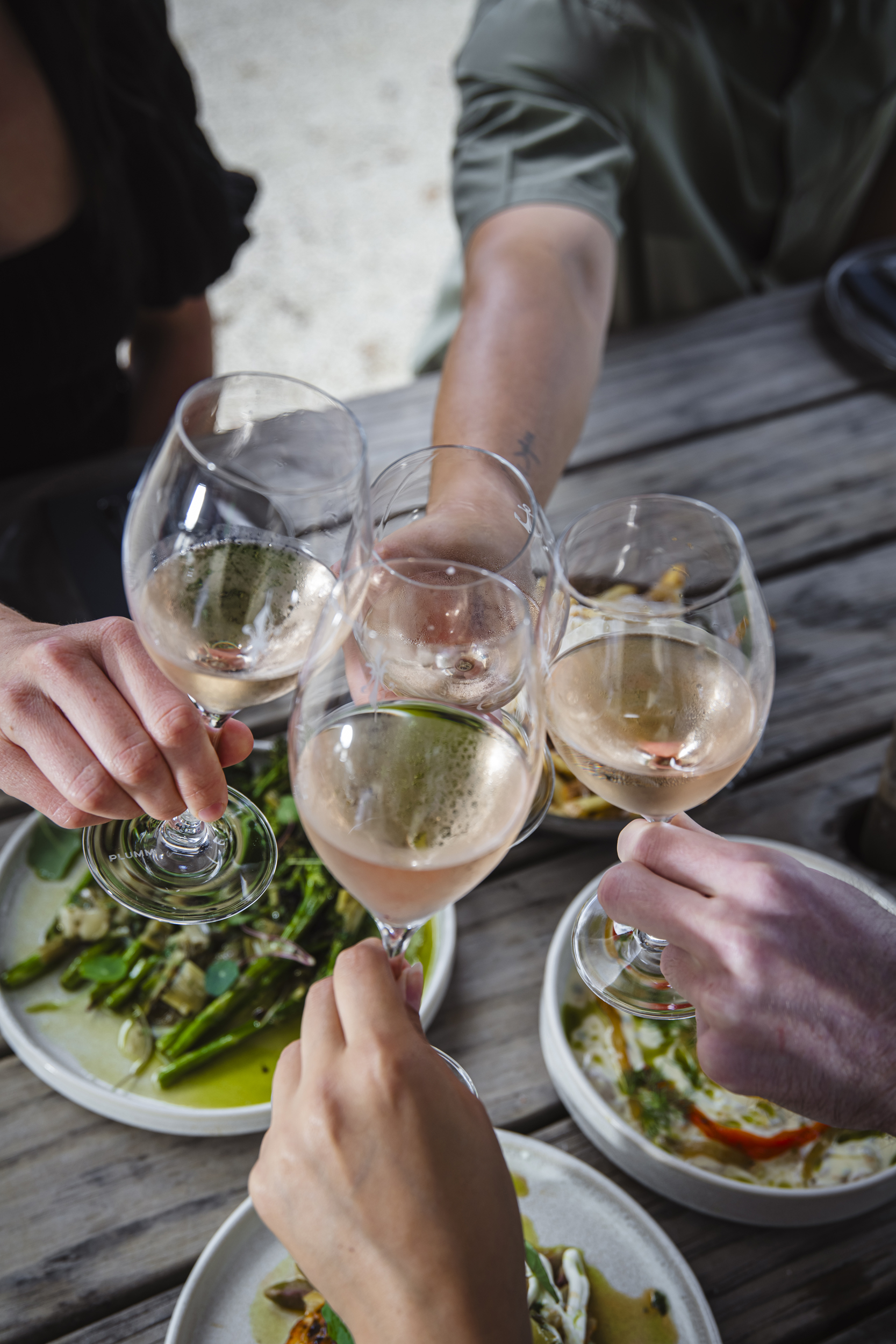
Established ten years ago by Sip NZ, New Zealand Rosé Day is designed to support local producers and raise awareness of premium New Zealand Rosé which now offers a wide variety of styles, sweetness levels and price points.
Rosé is the fastest growing wine variety in the country, and while no summer picnic, long lunch or sunny celebration is complete without it, the variety is no longer considered only suited to summer only sipping, but is now enjoying year-round popularity.
Expanding Rosé sections on supermarket shelves are commonplace – sales have doubled in recent years - and while there’s an instant appeal in the pretty selection of colours and styles, there’s much more to the story than rainbow hues and appealing labels.
Rosé is now the fourth largest New Zealand wine export, and every wine region throughout New Zealand produces Rosé. Because of this, chances are wherever you choose to travel over the summer, you won’t be far from a winery producing a premium drop that you might not heard of or which could take you into new taste territory.
Take a closer look and you’ll discover New Zealand is producing a stunning array of quality Rosé wines that are diverse, refreshing and sophisticated. And because these wines are made right here in our backyard, you can easily visit a winery to taste test, check out the origin, and discover what influences regional characteristics .
The wine regions of Northland , Auckland, Hawke’s Bay, Wairarapa, Nelson, Marlborough, North Canterbury and Waitaki all produce notable Rosé in differing styles and hues with varieties ranging from fresh and fruity to savoury and textural.
Like all New Zealand Rosé these come in a variety of pink shades but are typically lighter-bodied, drier, paler and more refined than the style consumers may have previously remembered. Pinot Noir grapes are the mainstay of New Zealand’s Rosé production especially in cooler, southern wine regions like Marlborough and Central Otago.

Known for Pinot Noir, Central Otago naturally produces some top quality Pinot-Noir based Rosé wines which are gaining international recognition. Packed with berry and cherry flavours and touches of spice and herbs the palate is crisp and lively. And just as this region is an attractive destination for wine enthusiasts in winter when they hunker down with a rich red after skiing – it’s equally as popular in summer when visitors cycling through the vines or hiking in the dramatic countryside want to chill out at the many famous wineries with cellar doors. Along with Marlborough, Central Otago is also producing some excellent quality Methode Traditionnelle Rosé.
In contrast, Gisborne-Tairawhiti Rosé reflects the region’s fertile soils and long hot summers with refreshingly distinct, fruit-driven wines mostly from a Merlot and Syrah base. There’s a mix of large producers, boutique wineries and entrepreneurial growers here producing a diverse range of wines and the region is an increasingly popular destination for kiwis rediscovering their back yard. Vineyard tours are popular – there are self-guided and guided options or you can cycle through the vines and along Gisborne’s picturesque coastal cycle way.
Waiheke Island is often high on the list for short breaks, and what better place to spend New Zealand Rosé Day than at one of the many famous wineries or relaxing with a picnic on a beach, boat or at a beautiful bay. Waiheke Rosé is mostly made from Merlot and Syrah grapes and yet again has a distinct tone that differs from other regions. This warm, dry maritime climate promotes depth, intensity and purity that sets it apart – in many respects – not just in terms of the fruit it produces.
If you’re after an even more special way to celebrate the day, check out New Zealand’s choice of vine stays. You’ll find quaint cottages tucked amongst the vines, private luxury homes with sweeping sea views, glass houses under the stars and even wineries with the perfect place to park your campervan.
Did you know?

-
The final shade of pink relates to the grape variety used as well as the length of skin contact permitted between juice and pigment-rich grape skins.
-
Darker Rosé usually has deeper flavours and the more tannic qualities of red wine.
-
There are two distinct styles of Rosé - blush and dry. Blush Rosés are usually lighter in colour, less acidic and lower in alcohol. Dry Rosés are less sweet, usually darker in colour, with more of the flavours associated with red wine.
-
Rosé is best served in a medium-sized glass so that the fresh and fruity characteristics gather towards the top.
-
Serve Rosé chilled but not too cold or you’ll kill the flavour. If in doubt follow the 20:20 rule and take it out of the fridge 20 mins before serving.
-
There's a Rosé to suit most food types and occasions - Rosé is great with canapés, savoury tapas, seafood, light pasta dishes and many Thai, Indian and Mediterranean-style dishes.












